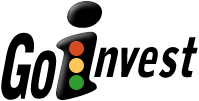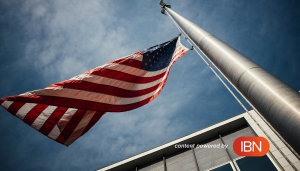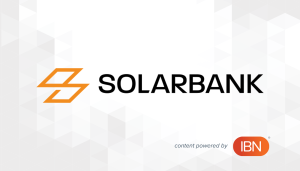
✎ Contributed by Ty Griffin
Delinquency rates on student loans surged to a five-year high in the first quarter of 2025, according to new data from the Federal Reserve Bank of New York. The increase follows the expiration of pandemic-era relief and the resumption of credit reporting for missed payments—bringing long-suppressed default activity back into view.
Performance of Public Student Loan and Fintech Lenders
- Navient Corp. (NASDAQ: NAVI): Trading at $13.94, up $0.070 (0.50%) today.
- SLM Corp. (NASDAQ: SLM): Trading at $33.68, up $0.37 (1.11%) today.
- Nelnet Inc. (NYSE: NNI): Trading at $115.11, up $0.82 (0.72%) today.
- SoFi Technologies Inc. (NASDAQ: SOFI): Trading at $14.27, up $0.23 (1.64%) today.
Industry Impact
Roughly 8% of all student debt was at least 90 days delinquent in Q1—up from under 1% the prior quarter. Among those required to make payments, the delinquency rate spiked to 24%, surpassing pre-pandemic levels and highlighting the financial stress facing millions of borrowers.
The New York Fed estimates that more than 6 million Americans are currently behind or in default on their student loans. As these defaults are now being reflected in credit reports, analysts warn of potential spillover effects—particularly for younger borrowers—who may face higher interest rates or lose access to auto loans and mortgages entirely.
Publicly traded servicers like Navient, SLM, and Nelnet are watching closely as the Department of the Treasury begins collection activity on defaulted balances. This includes wage garnishment and tax refund seizures, adding further financial strain to already vulnerable households.
SoFi, while less exposed to federal servicing, remains sensitive to student loan credit quality and refinancing demand, both of which are tied to borrower creditworthiness.
Despite the student loan spike, the broader debt picture remains stable. Credit card and auto loan delinquencies have leveled off, and overall household debt balances improved in early 2025. But student loans have quickly reemerged as a key point of pressure for servicers and borrowers alike.
NOTE TO INVESTORS: IBN is a multifaceted financial news, content creation and publishing company utilized by both public and private companies to optimize investor awareness and recognition. For more information, please visit https://www.InvestorBrandNetwork.com
Please see full terms of use and disclaimers on the InvestorBrandNetwork website applicable to all content provided by IBN, wherever published or re-published: http://IBN.fm/Disclaimer
Corporate Communications
IBN
Austin, Texas
www.InvestorBrandNetwork.com
512.354.7000 Office
Editor@InvestorBrandNetwork.com




